Home>Gardening & Outdoor>Landscaping Ideas>How To Plant Seed Grass
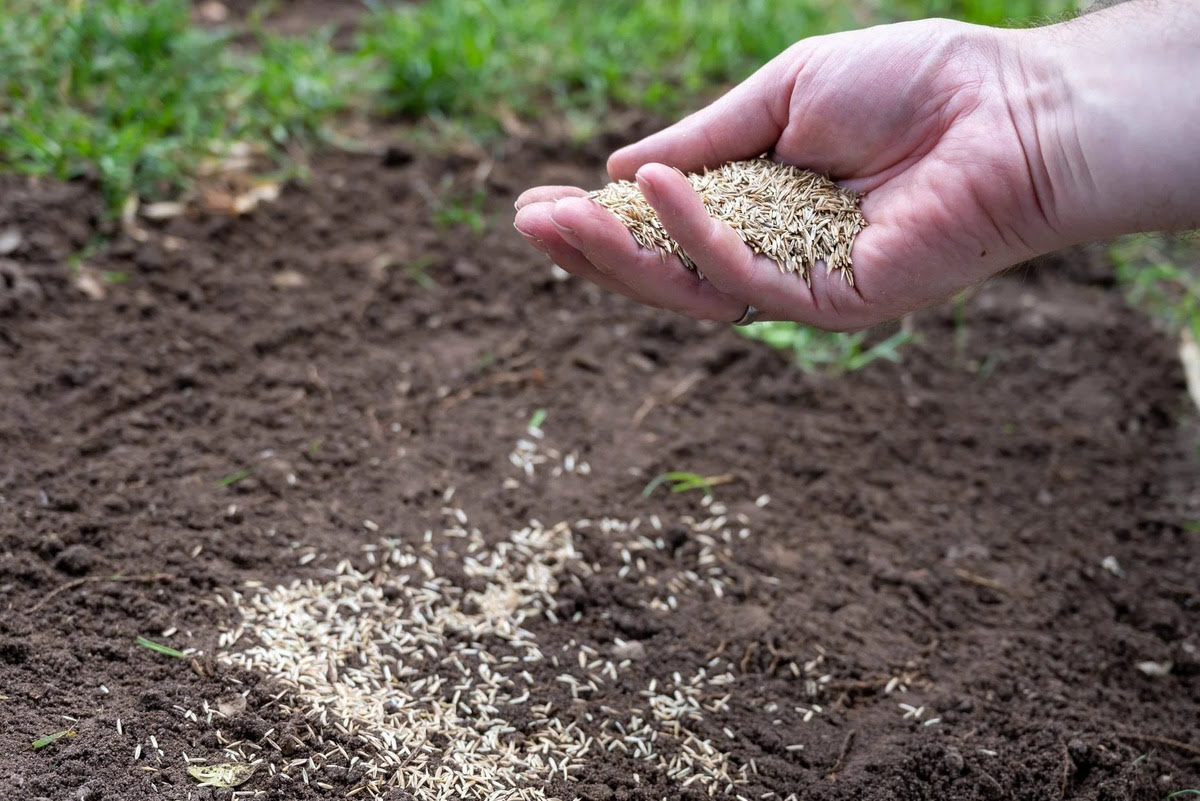

Landscaping Ideas
How To Plant Seed Grass
Modified: March 24, 2024
Learn the best landscaping ideas for planting seed grass and creating a lush, green lawn. Discover step-by-step instructions for successful grass planting.
(Many of the links in this article redirect to a specific reviewed product. Your purchase of these products through affiliate links helps to generate commission for Storables.com, at no extra cost. Learn more)
Introduction
Welcome to the wonderful world of landscaping! Whether you’re a seasoned gardener or a first-time green thumb, planting seed grass is a fulfilling and rewarding endeavor. Transforming a patch of soil into a lush, vibrant green lawn can bring immense joy and satisfaction. In this guide, we will explore the step-by-step process of planting seed grass, from selecting the right grass seed to nurturing it into a flourishing carpet of greenery.
Planting seed grass not only enhances the visual appeal of your outdoor space but also contributes to the overall health of the environment. A well-maintained lawn acts as a natural air purifier, reduces soil erosion, and provides a cool, comfortable area for recreational activities. With the right knowledge and a touch of patience, you can create a picturesque landscape that will be the envy of the neighborhood.
So, roll up your sleeves, grab your gardening tools, and let’s dive into the art of planting seed grass. Get ready to witness the transformation of a bare patch of earth into a verdant oasis right in your own backyard!
Key Takeaways:
- Choose the right grass seed by considering climate, soil type, sunlight, and usage. The right seed lays the foundation for a healthy, vibrant lawn that will thrive for years to come.
- Prepare the soil by clearing the area, testing the soil, aerating, amending, and leveling the surface. Healthy, well-prepared soil sets the stage for a thriving lawn.
Read more: How To Plant Seed
Choosing the Right Grass Seed
Before diving into the planting process, it’s crucial to select the right grass seed for your specific lawn needs. The type of grass you choose will depend on various factors, including your climate, soil type, and the amount of sunlight the area receives. Here are some key considerations to keep in mind when selecting the perfect grass seed:
- Climate Compatibility: Different grass species thrive in different climates. Warm-season grasses, such as Bermuda and Zoysia, are well-suited to hot, southern regions, while cool-season grasses like Kentucky bluegrass and fescue excel in cooler climates. Consider your local climate and choose a grass seed variety that will thrive in your area.
- Soil Type: The composition of your soil plays a significant role in the success of your lawn. Some grasses, like Bahia grass, are well-adapted to sandy soils, while others, such as St. Augustine grass, prefer clay-based soils. Conduct a soil test to determine the pH and nutrient levels of your soil, and select a grass seed that is well-suited to these conditions.
- Sunlight Requirements: Assess the amount of sunlight your lawn receives throughout the day. Some grass species, like fine fescue, thrive in shaded areas, while others, such as Bermuda grass, require full sun to flourish. Choose a grass seed that matches the sunlight conditions of your lawn.
- Usage and Maintenance: Consider the intended use of your lawn. If you have pets or children who will frequently play on the grass, select a durable, resilient grass variety. Additionally, assess the maintenance requirements of different grass types to ensure that you can provide the necessary care for your lawn.
By carefully considering these factors, you can narrow down the options and choose a grass seed variety that is best suited to your specific lawn environment. The right grass seed will lay the foundation for a healthy, vibrant lawn that will thrive for years to come.
Preparing the Soil
Before sowing the grass seed, it’s essential to prepare the soil to create an optimal environment for germination and growth. Proper soil preparation sets the stage for a healthy, resilient lawn. Follow these steps to ensure that your soil is ready to receive the grass seed:
- Clear the Area: Begin by clearing the designated area of any debris, rocks, or existing vegetation. Use a rake or a sod cutter to remove old grass and weeds, ensuring that the soil surface is clean and free of obstructions.
- Test the Soil: Conduct a soil test to assess the pH level and nutrient content of the soil. This information will guide you in making any necessary amendments to create an optimal growing environment for the grass seed.
- Aerate the Soil: If the soil is compacted, use a garden fork or a mechanical aerator to loosen the soil. Aerating the soil improves air circulation and water absorption, promoting healthy root development.
- Amend the Soil: Based on the results of the soil test, amend the soil with organic matter or soil conditioners to improve its structure and fertility. Incorporate compost, peat moss, or well-rotted manure to enhance the soil’s nutrient content and water retention capabilities.
- Level the Surface: Use a garden rake to level the soil surface, filling in any low spots and removing any high areas. A smooth, level surface provides an even foundation for sowing the grass seed.
By following these soil preparation steps, you will create an environment that is conducive to successful grass seed germination and establishment. Healthy, well-prepared soil sets the stage for a thriving lawn that will become the centerpiece of your outdoor landscape.
When planting seed grass, make sure to prepare the soil by removing any debris and loosening the top layer. Spread the seeds evenly and lightly cover with soil. Water regularly and keep the soil moist until the grass starts to grow.
Planting the Grass Seed
Now that the soil is primed and ready, it’s time to sow the grass seed and kickstart the journey to a lush, green lawn. Follow these steps to ensure proper planting of the grass seed:
- Choose the Right Time: Select the optimal time for planting grass seed based on the grass variety and your local climate. Cool-season grasses are typically planted in early fall or early spring, while warm-season grasses are best sown in late spring or early summer.
- Distribute the Seed: Use a seed spreader or broadcast the grass seed by hand, ensuring even coverage across the soil surface. Follow the recommended seeding rates for the specific grass species to achieve the desired density.
- Rake and Press the Seed: Gently rake the soil surface to lightly cover the grass seed with a thin layer of soil. Avoid burying the seed too deeply, as this can impede germination. After raking, use a lawn roller or gently press the soil to ensure good seed-to-soil contact.
- Water the Seeded Area: After planting the grass seed, thoroughly water the seeded area to provide the moisture necessary for germination. Keep the soil consistently moist but not waterlogged during the germination period, typically 7-21 days depending on the grass species.
- Protect the Seedlings: As the grass seed germinates and seedlings emerge, take care to protect the young plants from foot traffic, extreme weather, and pests. Consider using temporary barriers or netting to safeguard the developing grass.
By following these planting guidelines, you’ll set the stage for successful germination and establishment of the grass seed. Patience and attentive care during the initial growth phase will yield a beautiful, resilient lawn that will enhance your outdoor space for years to come.
Watering and Caring for the New Grass
After planting the grass seed, providing proper care and maintenance is essential to ensure the healthy establishment of the new grass. Follow these watering and care guidelines to nurture the young seedlings into a thriving lawn:
- Establish a Watering Schedule: During the germination and early growth stages, it’s crucial to keep the soil consistently moist. Water the seeded area lightly multiple times a day to prevent the soil from drying out. As the grass seedlings mature, gradually transition to a less frequent but deeper watering schedule.
- Monitor Moisture Levels: Keep a close eye on the soil moisture to ensure that it remains consistently moist but not waterlogged. Adjust the watering frequency based on weather conditions and the moisture retention capabilities of the soil.
- Apply Fertilizer: Once the new grass has been mowed a few times and is well established, consider applying a balanced fertilizer to promote healthy growth. Follow the recommended application rates and timing for the specific grass species.
- Mow with Care: When the grass reaches a height of 3-4 inches, it’s time for the first mowing. Set the mower blade to a height that allows the grass to remain at a recommended length for its species. Avoid cutting more than one-third of the grass blade length in a single mowing to prevent stress on the young plants.
- Address Weeds and Pests: Keep an eye out for weeds and pests that may threaten the new grass. Consider using targeted weed control methods and natural pest deterrents to maintain a healthy lawn without harming the newly established grass.
- Protect from Heavy Use: Limit foot traffic and heavy use of the new grass during the initial growth phase. Allowing the grass to establish strong roots and a dense turf will contribute to its long-term health and resilience.
By providing attentive care, proper watering, and timely maintenance, you will nurture the new grass into a robust, vibrant lawn. The efforts invested in the early stages will yield a beautiful and enduring outdoor space that you can enjoy for years to come.
Read more: How To Germinate A Plant
Conclusion
Congratulations on embarking on the journey of planting seed grass and transforming your outdoor space into a verdant oasis! By carefully selecting the right grass seed, preparing the soil, and providing attentive care, you have set the stage for the emergence of a lush, vibrant lawn that will enhance the beauty and functionality of your landscape.
As the grass seed germinates and establishes itself, remember that patience and consistent care are key to nurturing the young seedlings into a resilient, thriving lawn. By following the watering and maintenance guidelines, you will provide the new grass with the support it needs to develop strong roots and a dense turf, creating a picturesque and inviting outdoor environment.
Throughout the process, take time to appreciate the gradual transformation taking place right in your own backyard. Witnessing the emergence of vibrant green shoots and the gradual coverage of the soil with a carpet of grass is a gratifying experience that reflects your dedication to creating a beautiful outdoor space.
As the new grass matures and flourishes, it will serve as a welcoming setting for leisurely strolls, outdoor gatherings, and moments of relaxation. The lush, green expanse will not only enhance the visual appeal of your property but also contribute to the overall well-being of the environment, serving as a natural air purifier and a source of comfort and enjoyment for you and your loved ones.
Remember that the journey of planting seed grass is not just about creating a lawn; it’s about cultivating a thriving ecosystem that enriches your outdoor experience and adds a touch of natural beauty to your surroundings. Embrace the process, enjoy the progress, and revel in the satisfaction of nurturing a vibrant, living landscape right at your doorstep.
So, as you witness the fruits of your labor emerge and the new grass matures into a resilient, verdant carpet, take pride in the role you’ve played in creating a captivating outdoor space that will be enjoyed for years to come.
Frequently Asked Questions about How To Plant Seed Grass
Was this page helpful?
At Storables.com, we guarantee accurate and reliable information. Our content, validated by Expert Board Contributors, is crafted following stringent Editorial Policies. We're committed to providing you with well-researched, expert-backed insights for all your informational needs.

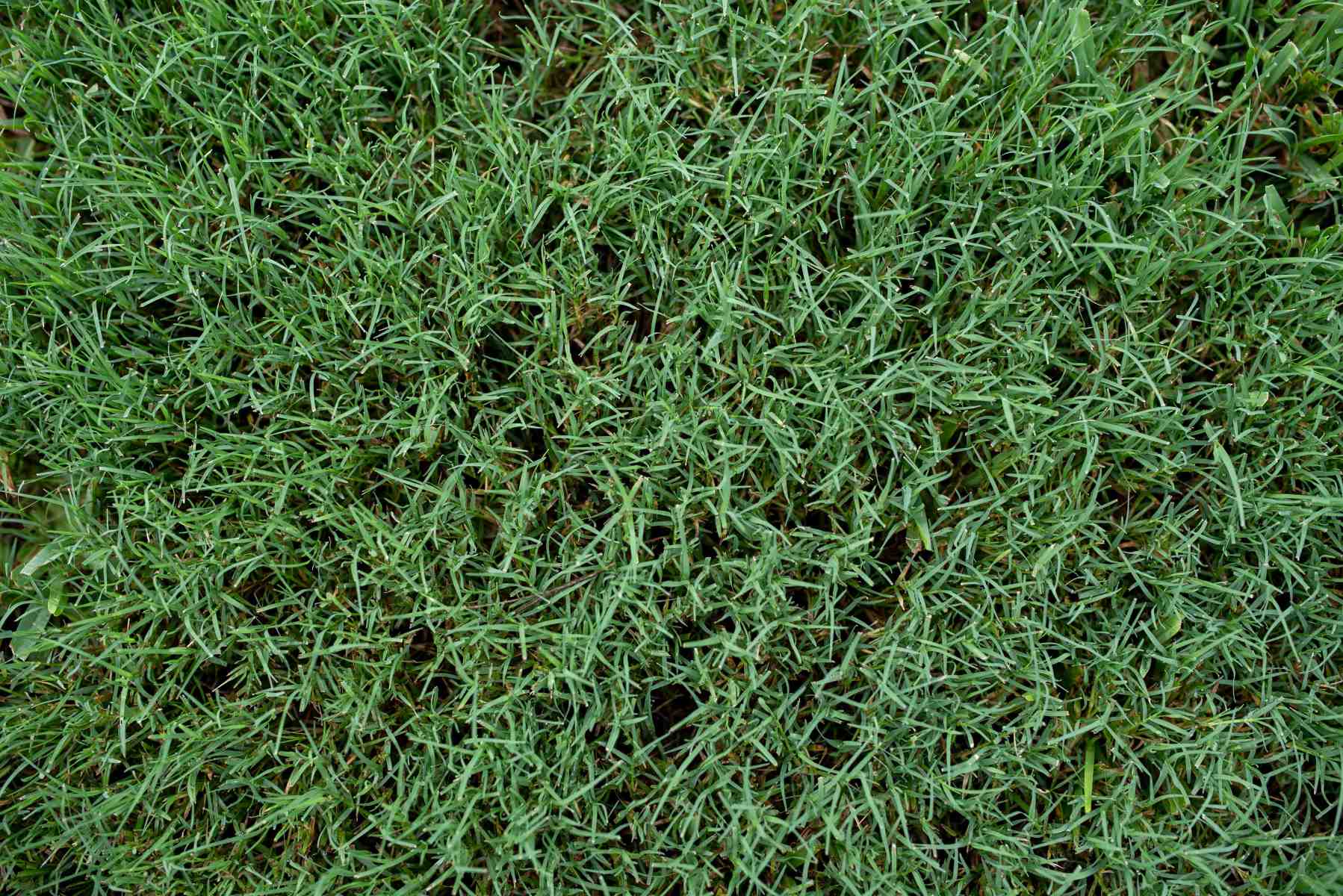

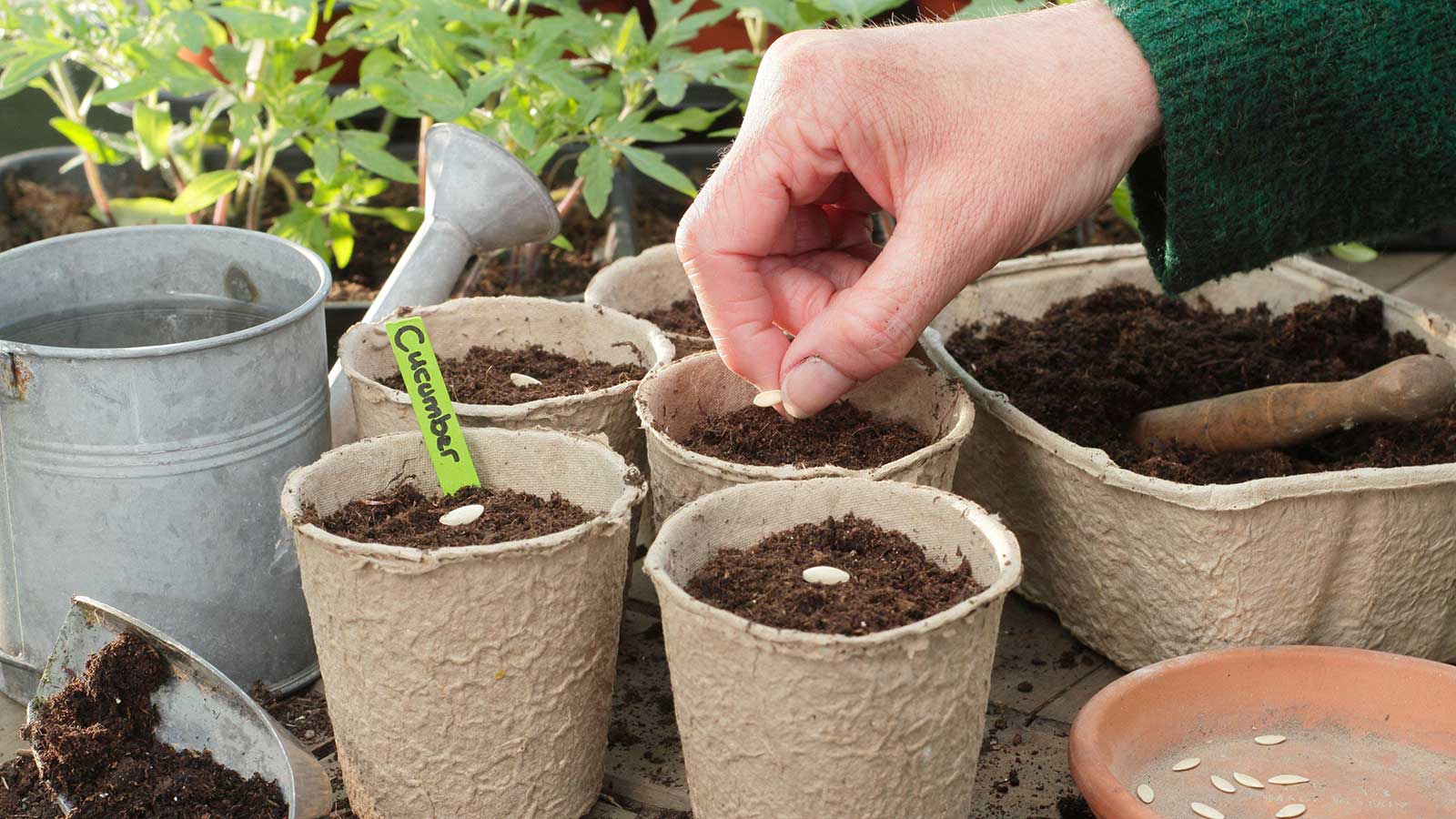

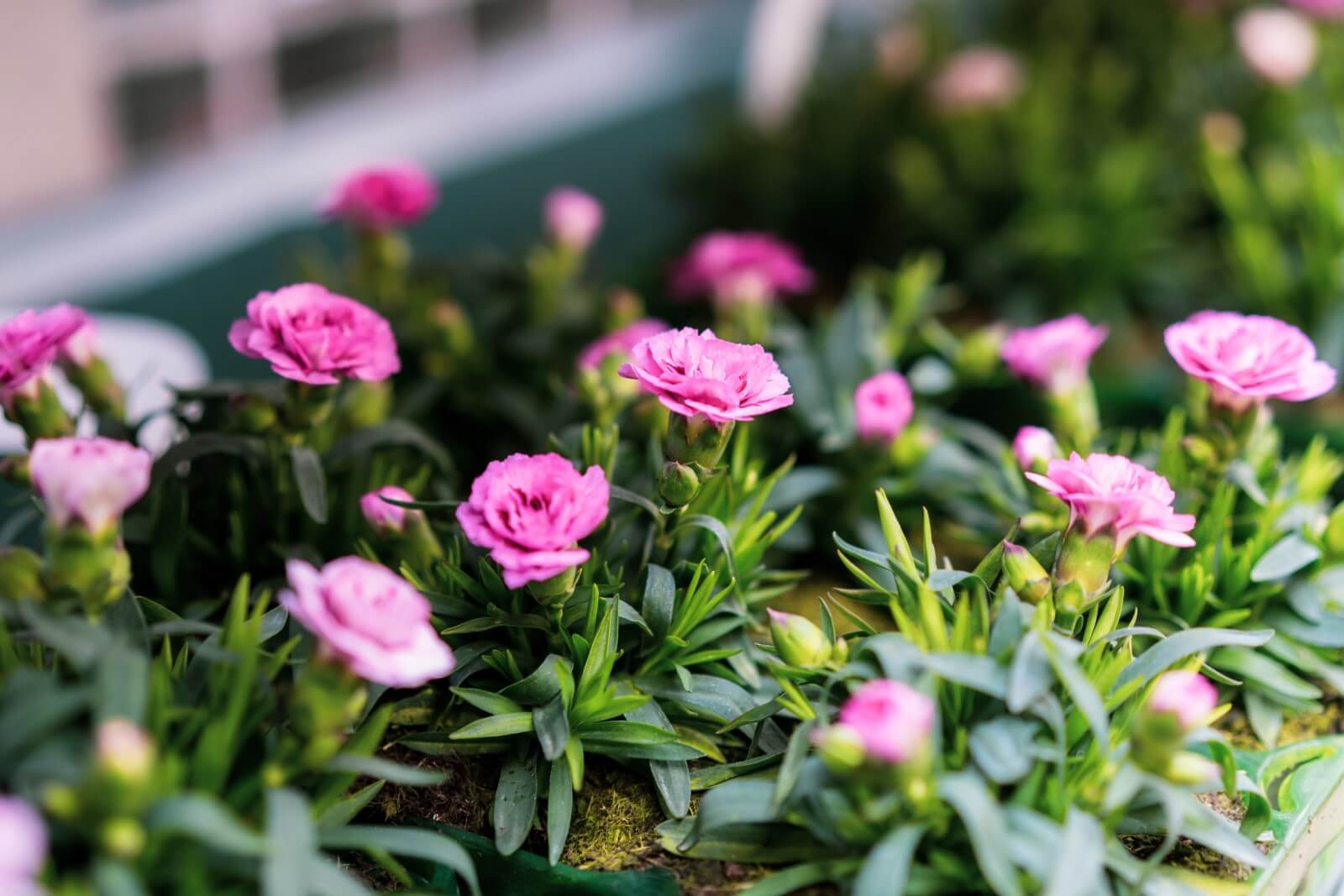
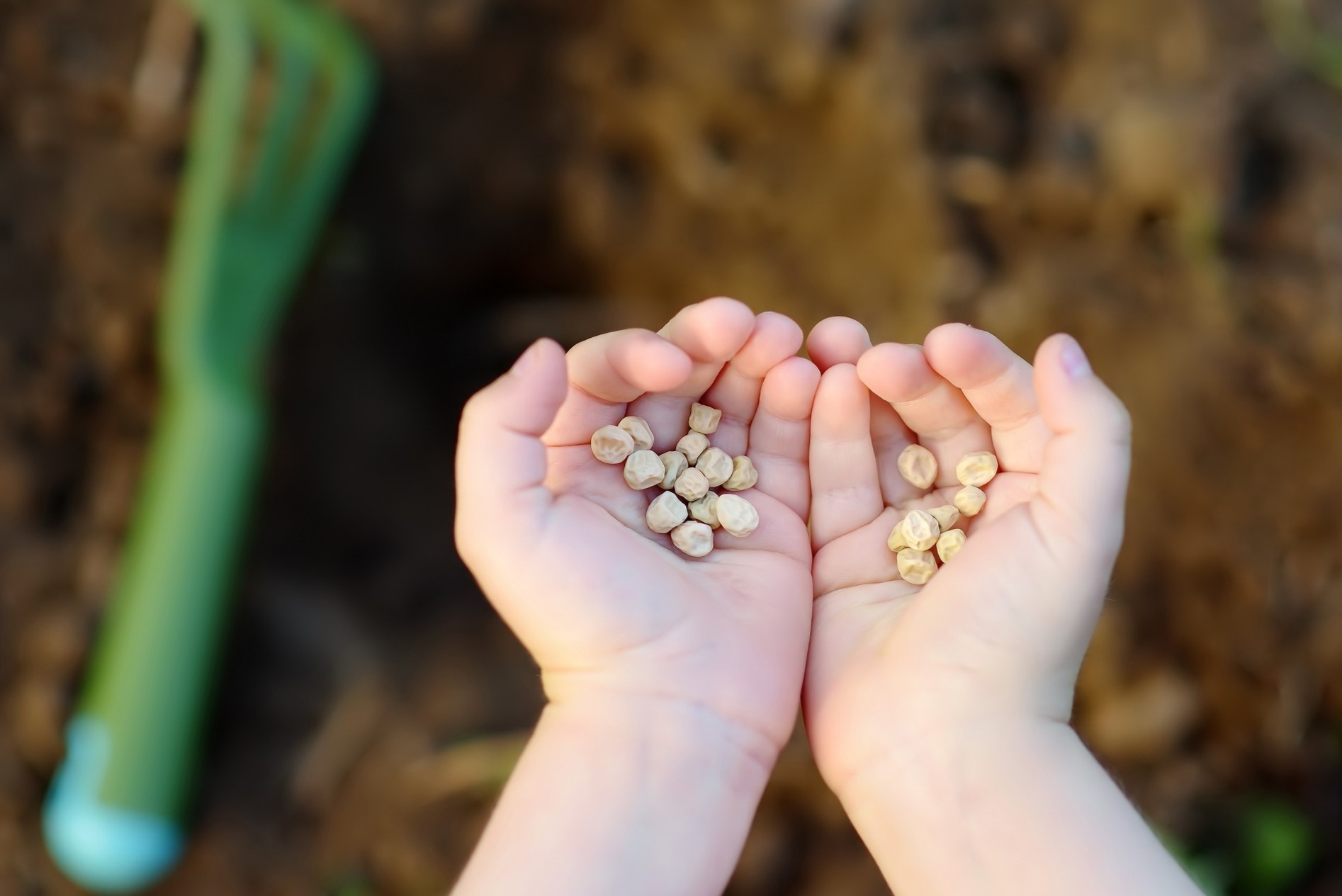
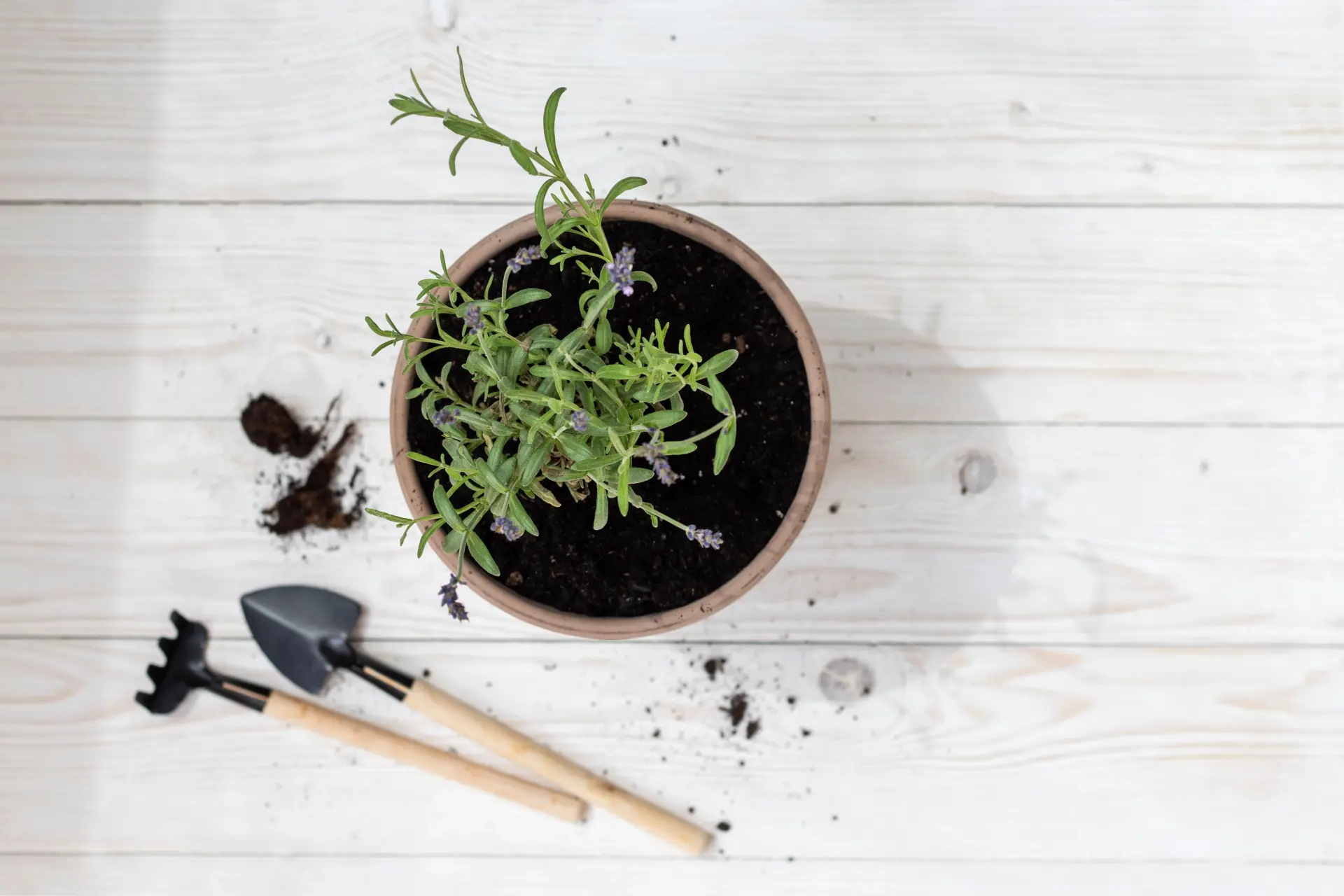
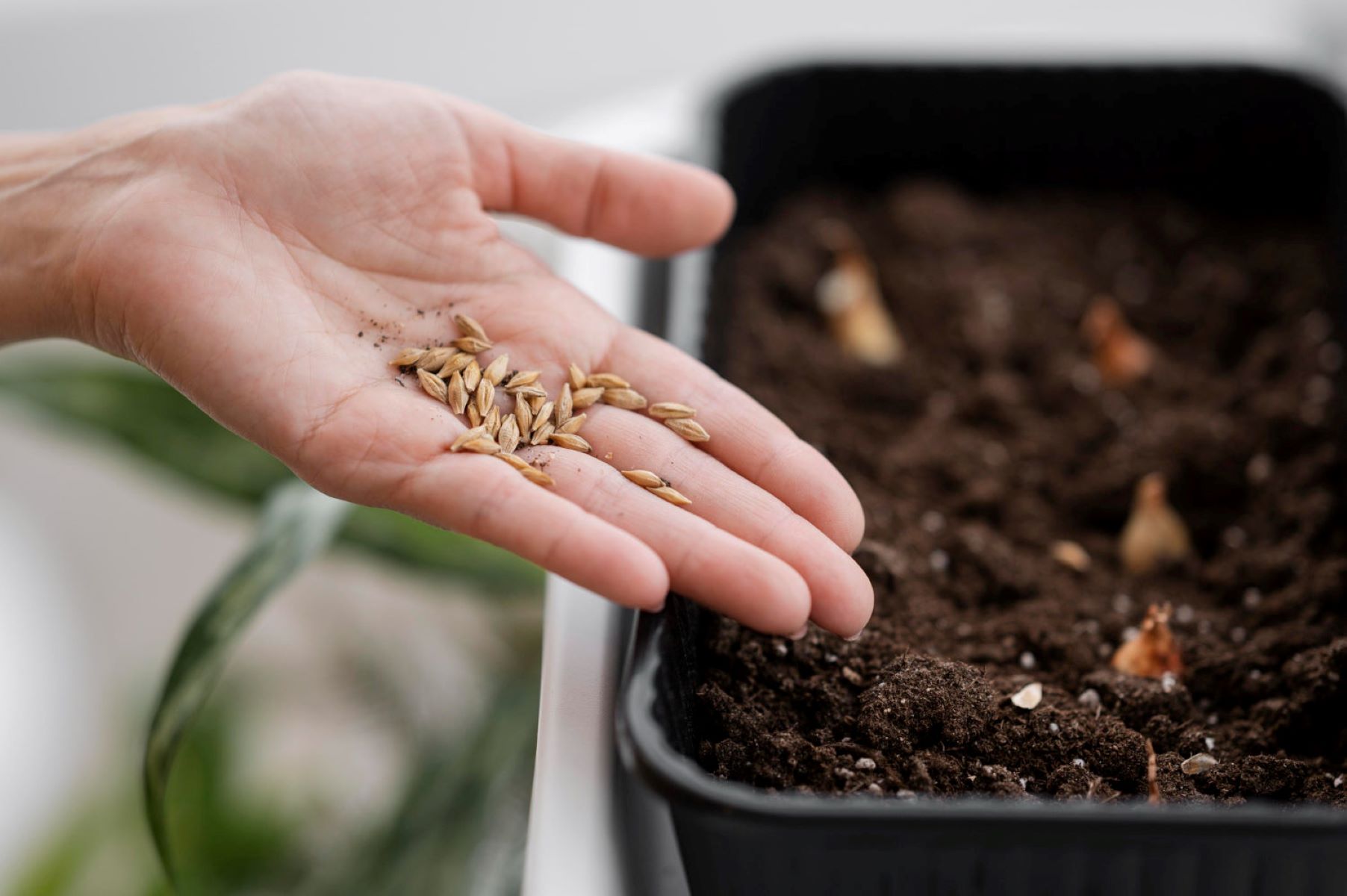
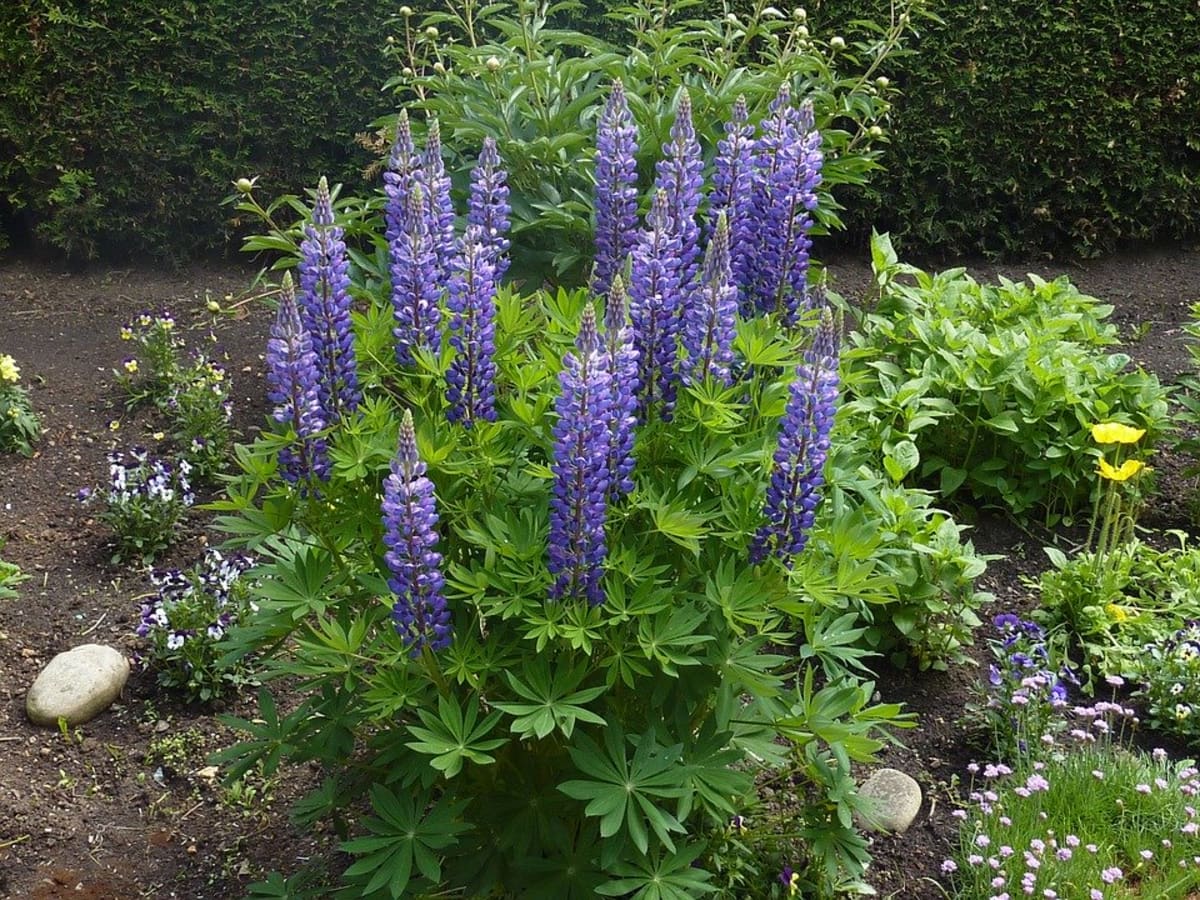
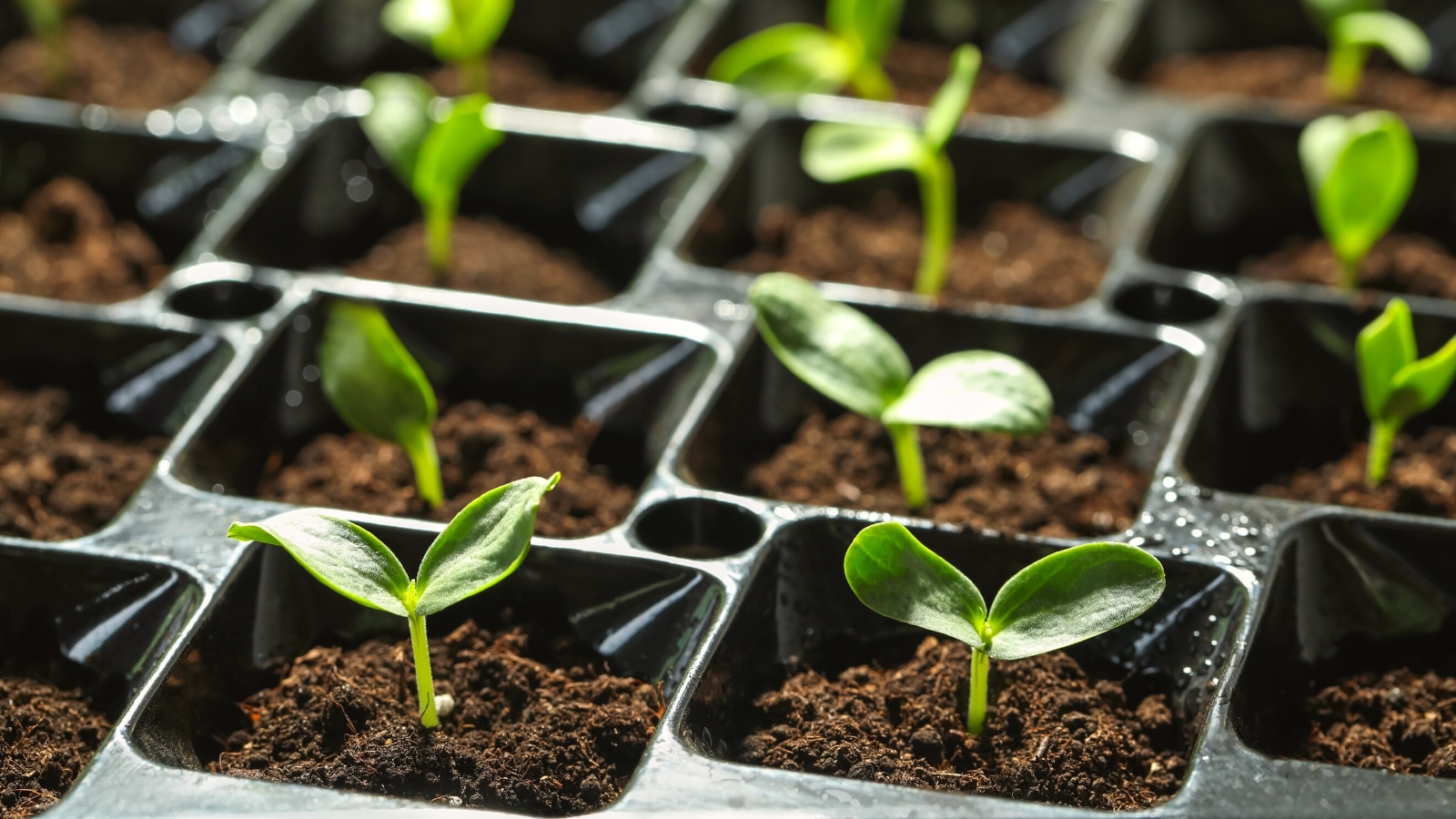
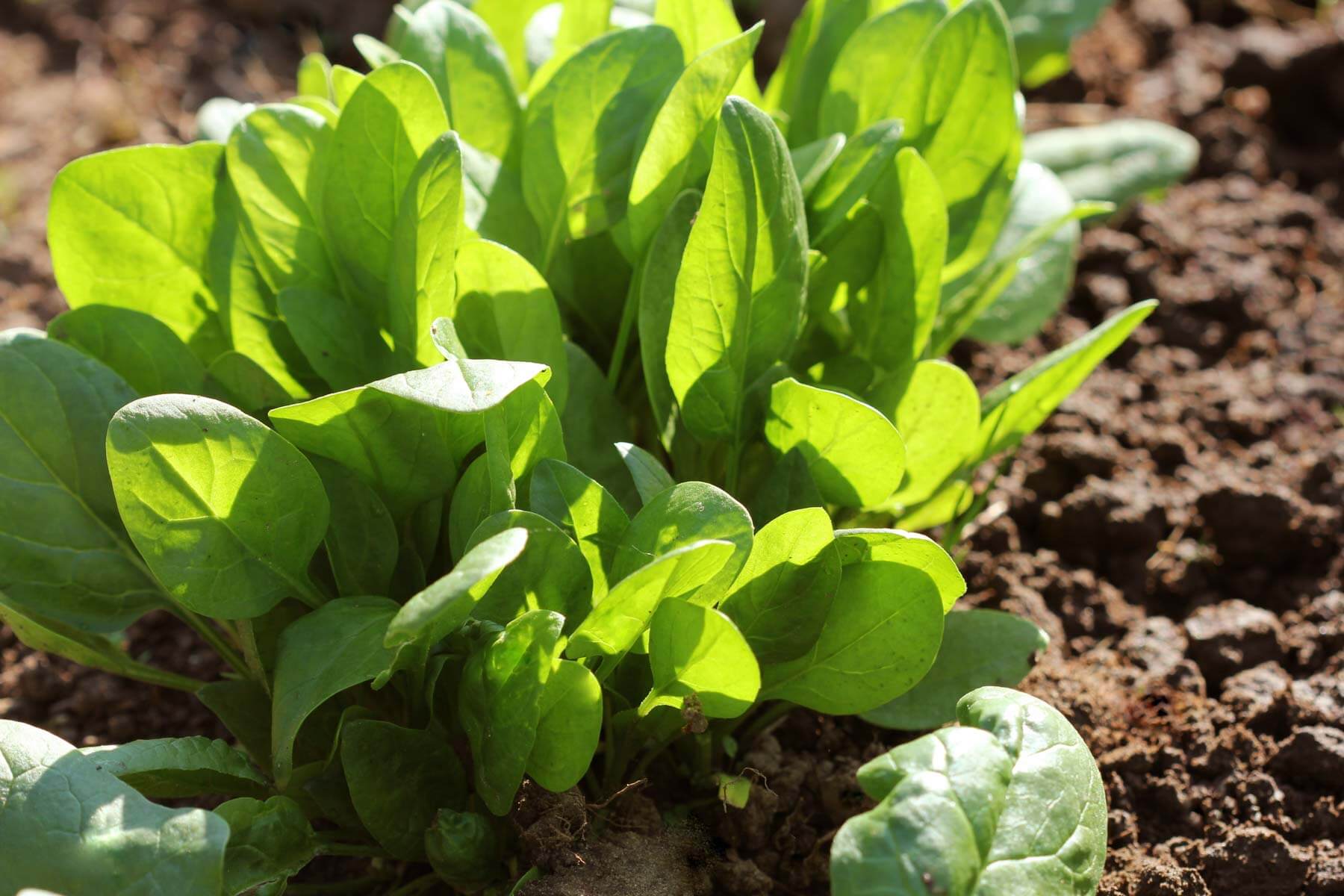
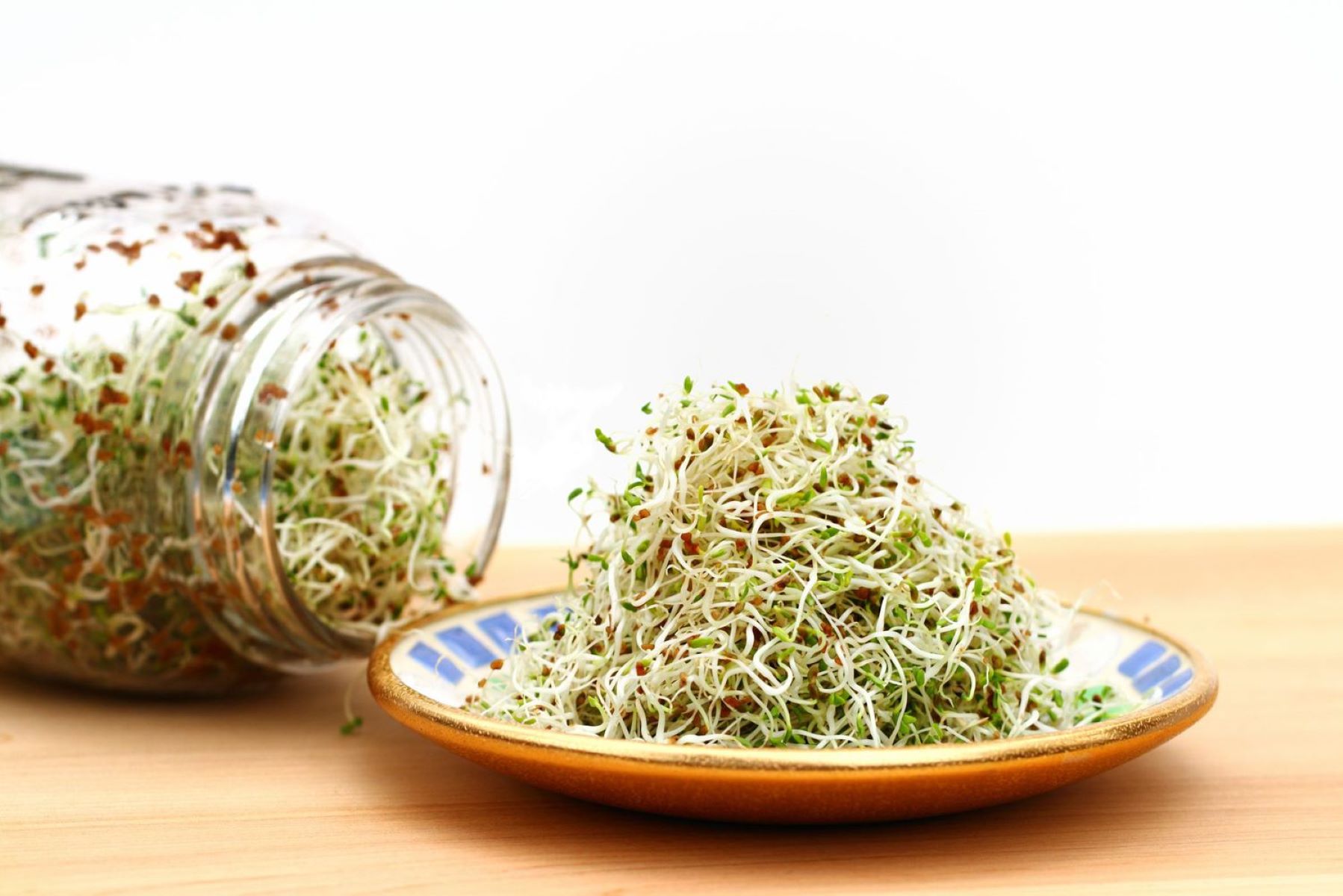


0 thoughts on “How To Plant Seed Grass”